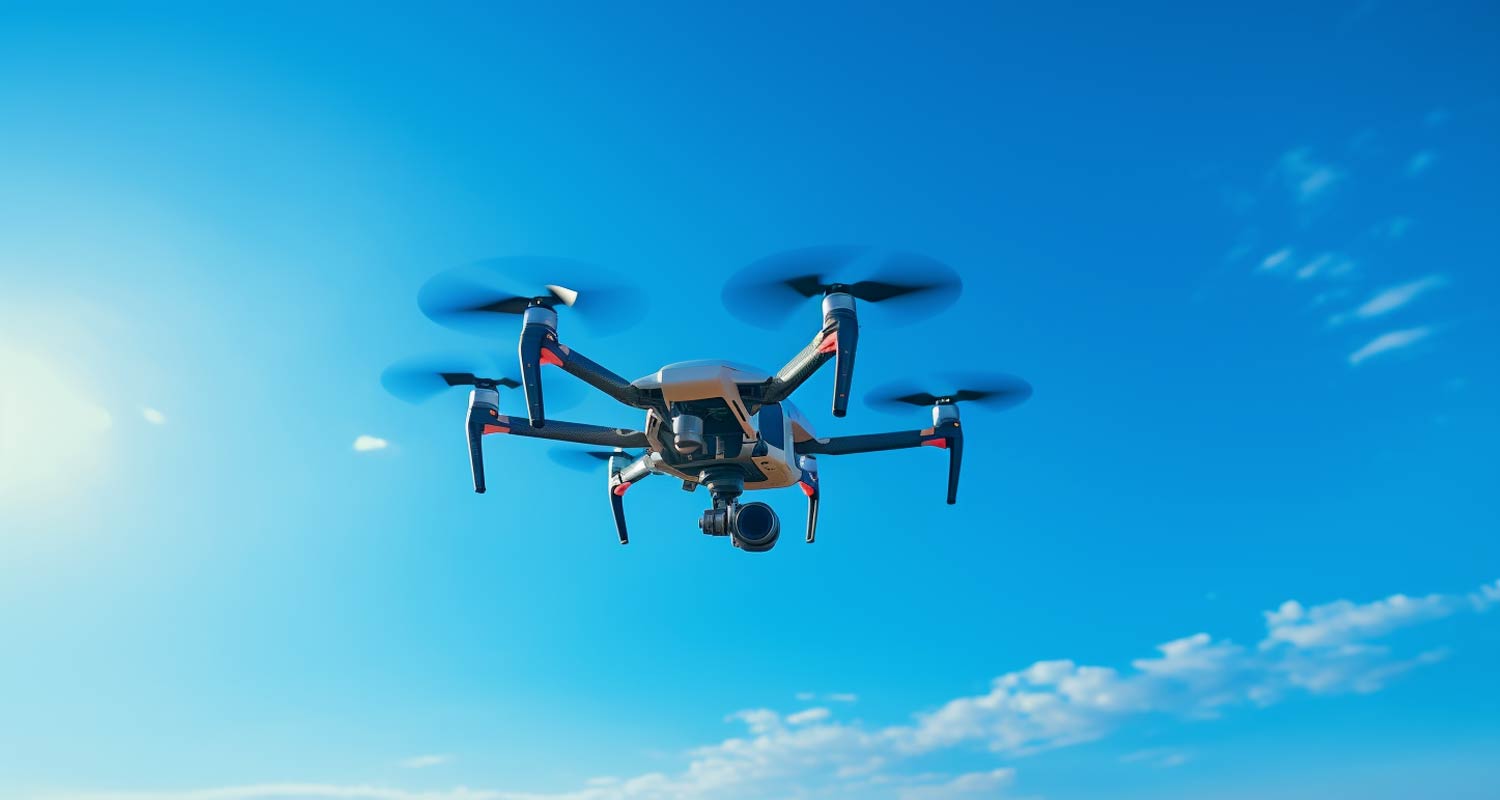Government is looking to develop a register for all drones that are operated, distributed or sold in South Africa.
The transport department has published a draft document for public comment proposing that all drones – or remotely piloted aircraft systems (RPAS), as it calls them – must be registered.
Currently, the South African Civil Aviation Authority regulates drones within the national airspace. But according to the draft strategy, the regulator is “under-capacitated and under-resourced”, resulting in licensing delays. The authority also takes a “fairly traditional” approach to drone regulation, the department found.
“Matters related to drones are somewhat disorderly, with drones and drone operators not properly registered; [there are] growing drone infringements in civil airspace; and [there is] a lack of public awareness about drone operations,” said the Airfreight Strategy for South Africa report (PDF), prepared by the department.
Internationally, there is a move towards risk-based classification of drone operations, with regulation sized and scoped according to the risks of a specific application. For the “near future”, South Africa’s airspace will exclude fully autonomous unmanned aircraft.
While the use of drones in airfreight is still in its infancy, it is an area where operational models are being actively explored. The department found that current regulations do not accommodate the characteristics of drone operations but stressed that the industry should not be held back by unnecessary red tape.
Drone corridors
The strategy’s main implications include the organisation of drone-specific airspace (urban air mobility), risk-based categorisation of operations and development of other aspects of a drone ecosystem.
Drone corridors will be defined, approved and established under the National Airspace Committee (Nascom), as with any other activity of segregating airspace.
“Individual operators can apply to have corridors designated (demand-driven), or corridors can be established on a supply-driven basis. Drone ‘highways’ should be considered on routes that connect major economic hubs, with first/last-mile legs the responsibility of individual operators to apply for. Corridors must ideally be public-good facilities with open access, avoiding a spaghetti of single-user corridors.”
Read: South Africa pioneered drone laws a decade ago – now it must catch up
Operating rights in a corridor must be certified according to operational risk and corridor conditions such as density and usage.
The department said ways of simplifying and accelerating operational certification must be explored, with corridor “rules of the air” developed specifically for drones.
 Traffic control in the corridors will need to differ from normal air traffic control to allow for denser operations, high manoeuvrability and autonomous avoidance capabilities.
Traffic control in the corridors will need to differ from normal air traffic control to allow for denser operations, high manoeuvrability and autonomous avoidance capabilities.
Although corridors are a focus, the department said the recommendation of the RPAS working group to establish a broader drone ecosystem architecture remains relevant. All components of that system should ideally be in place, with drone delivery operations only one of many possible activities.
These include an easily accessible electronic register for all RPAS, controlled access and distribution of RPAS in South Africa, and a requirement that all drones be equipped with monitoring and tracking devices.
Read: Night-vision drones to patrol South Africa’s borders
Government should also establish a levy structure for all drones, especially those used for economic or commercial purposes.
The categories being considered include:
- Low-risk operations, such as small drones at low altitudes;
- Medium-risk operations, such as drones flying over people or transporting objects; and
- High-risk operations, such as drones carrying dangerous goods or operating cross-border – © 2025 NewsCentral Media
Get breaking news from TechCentral on WhatsApp. Sign up here.



